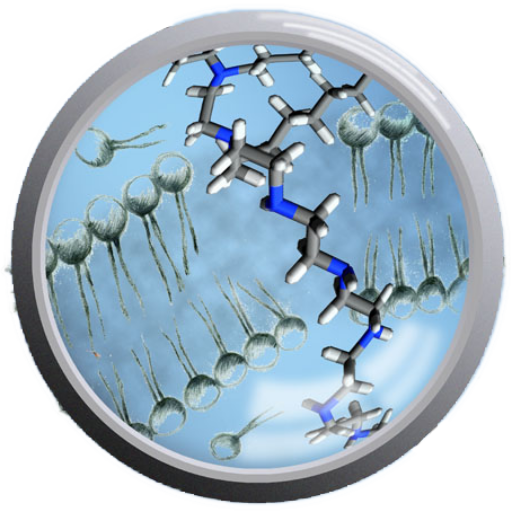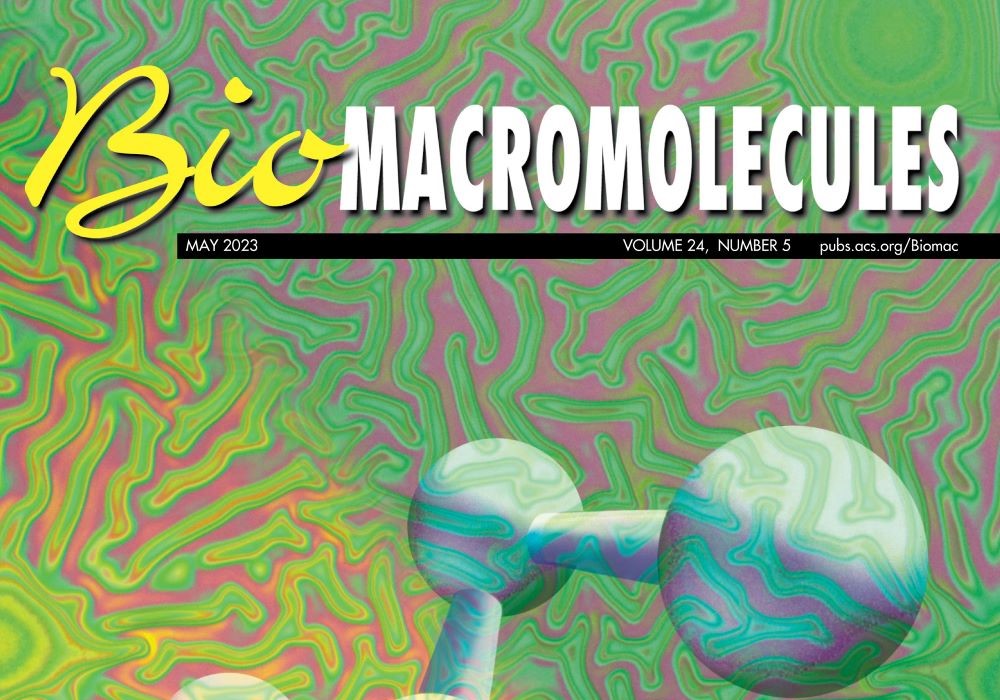by
Pachla, J.; Kopiasz, R. J.; Marek, G.; Tomaszewski, W.; Głogowska, A.; Drężek, K.; Kowalczyk, S.; Podgórski, R.; Butruk-Raszeja, B.; Ciach, T.; Mierzejewska, J.; Plichta, A.; Augustynowicz-Kopeć, E.; Jańczewski, D.
Cationic polymers have been extensively investigated as a
potential replacement for traditional antibiotics. Here, we examined the
effect of molecular weight (MW) on the antimicrobial, cytotoxic, and
hemolytic activity of linear polytrimethylenimine (L-PTMI). The results
indicate that the biological activity of the polymer sharply increases as MW
increases. Thanks to a different position of the antibacterial activity and
toxicity thresholds, tuning the MW of PTMI allows one to achieve a
therapeutic window between antimicrobial activity and toxicity concentrations.
L-PTMI presents significantly higher antimicrobial activity against
model microorganisms than linear polyethylenimine (L-PEI) when
polymers with a similar number of repeating units are compared. For the
derivatives of L-PTMI and L-PEI, obtained through N-monomethylation and partial N,N-dimethylation of linear polyamines, the
antimicrobial activity and toxicity were both reduced; however, resulting selectivity indices were higher. Selected materials were
tested against clinical isolates of pathogens from the ESKAPE group and Mycobacteria, revealing good antibacterial properties of LPTMI
against antibiotic-resistant strains of Gram-positive and Gram-negative bacteria but limited antibacterial properties against
Mycobacteria.


